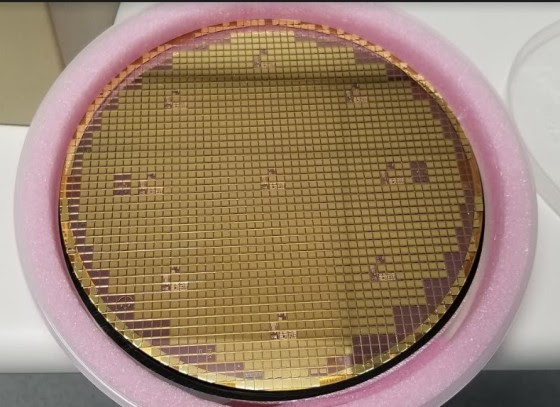Global Semiconductor Market Likely to Grow 6% in 2020, reports SIA
By Pradeep Chakraborty
Originally posted on Pradeep’s Techpoints blog
Given the depressing run, so far, in 2019, how is the global semiconductor industry going to perform in 2020? The mid-year global semiconductor sales was down 14.5 percent, compared to 2018, as per the Semiconductor Industry Association (SIA).
Recently, SIA reported that the global semiconductor sales had increased 3.4 percent month-to-month in September 2019. Q3 sales were 8.2 percent higher than Q2, but 14.6 percent less than Q3 of 2018. Are there any hopes for a better 2020? Let’s find out!

I asked Len Jelinek, senior director, Semiconductor Manufacturing at IHS Markit, the key question regarding the global semiconductor industry’s performance in 2020.
Hold it, recovery in sight!
Indeed, there are hopes! Len Jelinek said, “In 2020, IHS Markit now anticipates that the market will rebound slightly and achieve a 6% YoY revenue growth.” Now, that’s excellent news for everyone in the global semiconductor industry!
Regarding the noticeable trends next year, he added that the market in 2020 will be driven by two significant factors. One, the return to growth for global server expansion, and two, the introduction of 5G handsets.
“The first factor will drive stabilization in memory pricing, while the second factor is very likely to drive TSMC’s revenue for advanced component manufacturing to record levels. As next-generation handsets become available and at lower prices, the consumer is very likely to transition very quickly to the next generation of technology.”
Automotives key?
How is automotive going to be a significant application in future? What other segments are likely to grow?
Jelinek said: “Any automotive discussion needs to start with the fact that the automotive semiconductor represent approximately 10-12 percent of the total chip market. As the automotive industry recovers from the disastrous year in 2019, the trends in the industry will be for smarter, safer and more ecologically friendly cars. These consumer-driven demands will help to drive component suppliers in power, discrete and analog.
“Beyond automotive, the wireless and the server markets are expecting to see modest growth in the industrial market segment. Security, medical and other markets are forecast to rebound.”
As for the emerging new opportunities in automotive, IoT, AI and AR/VR, he added: “In automotive, the most exciting new technology is the silicon carbide (SiC) used in high-voltage applications targeting HEVs. In AI and AR/VR, it’s all about the enablement of development through advances in chip technology.”
As per Rohm, SiC is emerging as the most viable candidate for a next-generation, low-loss semiconductor element due to its low ON resistance and superior high temperature, high frequency, and high voltage performance as compared to silicon.
What about foundries?
Foundries are said to be performing a bit below par. Are they? Let’s see how are China and Taiwan are driving the growth of foundry services.
He replied: “TSMC is the dominant pure-play foundry company. With its leadership position in advanced manufacturing, including next-generation packaging, no other foundry is likely going to challenge TSMC in 2020.
“In China, growth of the domestic foundries is being supported by the government initiatives for ‘Made in China.’ More specifically, China wants to guarantee the availability of semiconductors. Although the Chinese foundries are behind the Taiwanese foundries, they are rapidly closing the technology gap.”
Miniaturization of electronic components
Another trend has been the rising demand for miniaturization of electronic components.
He added: “If you are meaning advanced packaging (heterogeneous packaging or chiplets), advances here will allow designers to bring together dissimilar technologies within the same package for more optimal results. This is one of the most exciting areas within the industry.
“Advanced packaging technologies are providing the industry with a roadmap to continue Moore’s Law by improving the system performance, without only focusing on lithography shrinks.”
Memory recovers, finally?
Lastly, it has been quite a distressing time for memory, recently. Yole Développement said that in Q2 2019, the memory business was approaching the bottom. So, how will the memory market perform well in 2020?
Jelinek replied: “In 2020, the overall memory market is forecast to make a strong recovery. Although we will not surpass the record revenue on 2018, total memory will grow by 12% after a disastrous 2019, where revenue is forecast to decline by 30.3%. DRAM is forecast to grow by 9%, while NAND will grow by 17% in 2020.”




